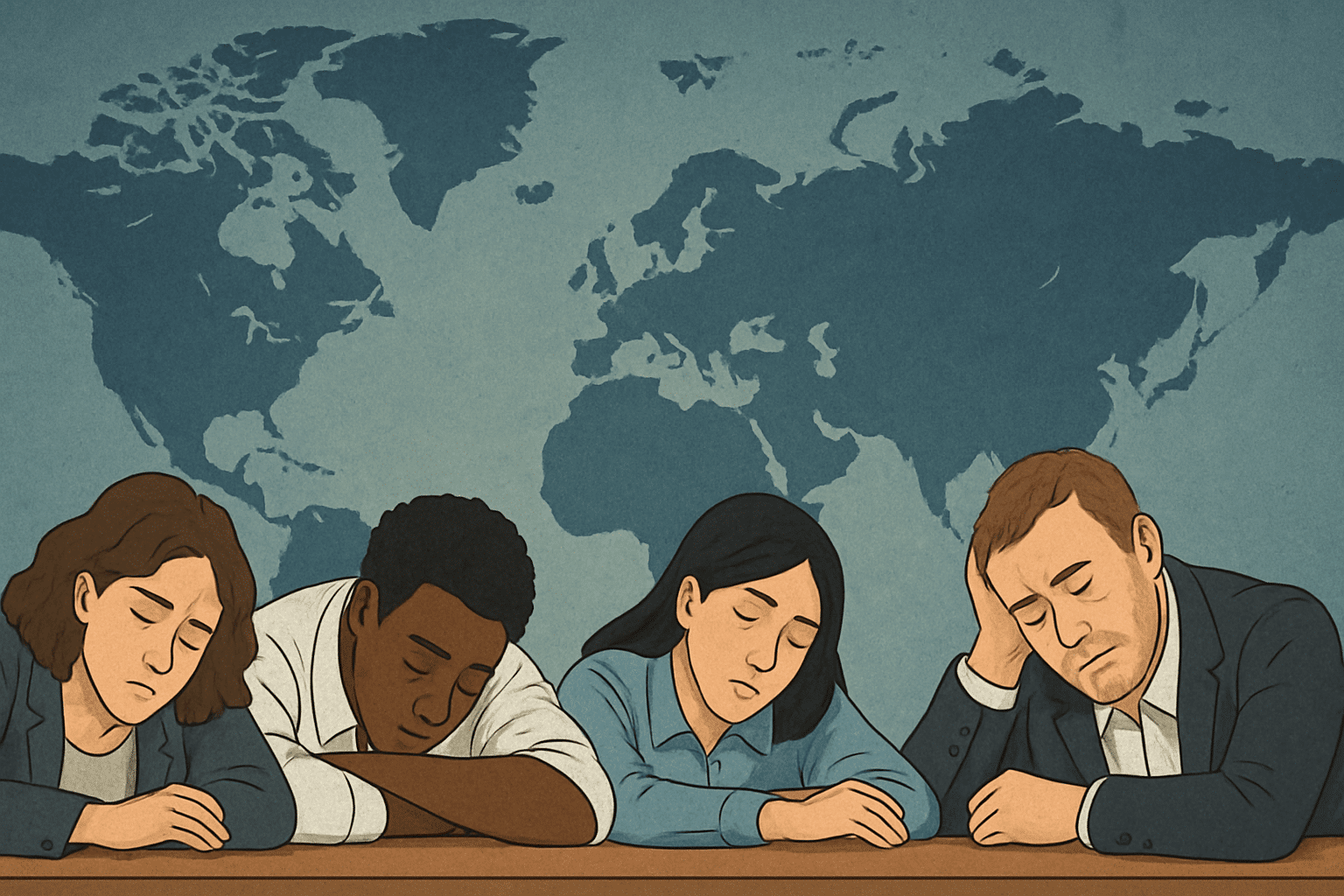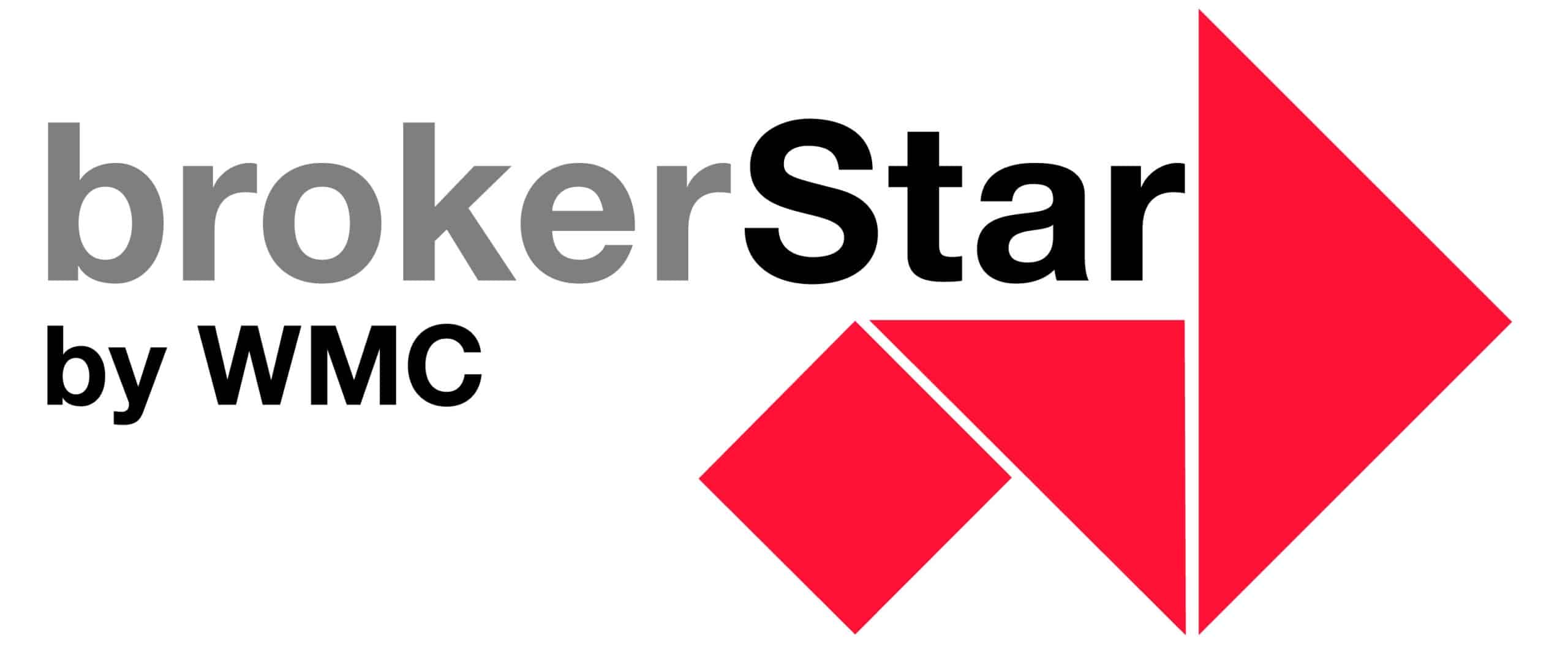The global workforce is tired
30 April, 2025 | Blog Current General
A few weeks ago, we wrote about the impact of stress on the global workforce, burnout and the consequences for the economy.
Gallup has just published the “State of the Global Workplace Report for 2025“, the conclusion of which is worrying: global employee engagement has fallen to 21 percent by 2024, with managers seeing the biggest decline.
Poor middle managers. Once the loyal knights of the corporate castles, today they are stuck in an endless tug-of-war between unmotivated teams and aloof managers.
What is so striking about this year’s results?
The “2025 State of the Global Workplace” by Gallup has confirmed what many of us already suspected: Leadership engagement has dropped to 27 percent, and overall employee engagement has stagnated at 21 percent.
What does that mean? Most people go to work like they go to the dentist: with fear, distance and a pinch of existential angst.
And yet we expect those same leaders – burnt out, overworked and underwhelmed – to carry the burden of transformation, corporate culture, strategy and sometimes even meeting snacks.
Let’s call it by its name: the “manager squeeze“.
This Gallup report adds fuel to the fire. The UK has an abysmal employee engagement rate of 10 percent. This is not only bad for morale, but also disastrous for productivity. Quiet quitting is no longer a trend, it’s a lifestyle.
Wait a minute, but we have a feel-good program!
You can offer your employees as many resilience workshops and “wellness apps” as you like, but that won’t solve the real problem.
The structure is broken. The hierarchy is tired. And no, it doesn’t just need a little restructuring. It needs a funeral.
Then the mindset. A top management that fell in love with its fame and rapid growth probably did too little for the people who make it all possible. Profits are sometimes a “squeeze effect” – overworked, underpaid employees, unrealistic goals. Top management needs growth and profitability as this is an essential part of their generous bonus package.
How can the problem be solved?
There are no quick fixes.
We don’t need revolutionary software or monthly pulse surveys. We need leadership – real, people-centered leadership.
Leadership that stops pretending that culture can be delegated. Leadership that gives managers freedom and not endless KPIs. Leadership that sees people and not just performance.
If you are serious about the turnaround, then invest where it counts: in your employees. Not with empty slogans, but with real decision-making power, autonomy and a structure that doesn’t crush them under the weight of “alignment”.
One is the structure as such – we have already written about this: Hierarchies are dead. What we need are not flat structures that still behave like pyramids in disguise. We need organizations that function more like ecosystems: dynamic, human and able to adapt without suffocating the people within them.
The path to a better world
Let’s stop pretending we’re still conducting a post-pandemic workplace experiment. That phase is long gone. We now live in a post-trust, post-hierarchy, post-bullshit era – where transparency is expected, power is distributed and authenticity is more important than authority.
If your management style still requires three levels of approval to move a paperclip, you’re unlikely to find anyone who wants to think critically, challenge the status quo or build something meaningful.
The future of work will not be shaped by those who cling to control. It belongs to those who create space for others to flourish, for ideas to thrive and for teams to function like ecosystems, not empires. Those who know that true leadership is not found in job titles or corner offices, but in everyday actions: listening carefully, trusting boldly and nurturing others even when no one is watching.
And to all the burnt-out managers who are still holding everything together with Slack threads, duct tape and sheer willpower: I see you. You are not alone. You don’t have to wait for permission. Change doesn’t always start at the top. It often starts with a courageous voice, an honest conversation, and a decision to lead with intention instead of fear.
Epilogue
The way forward is not to work harder, but to work differently. It’s about redesigning systems that reward collaboration instead of conformity, curiosity instead of uniformity and well-being instead of burnout.
This means that we need to rethink what we measure, what we celebrate and who we listen to.
Mirela Dimofte
Read also: Workplace Stress: A Global Threat to Insurers




